Porsche Taycan 2020: entry-level 4S joins the electric range
Base-spec EV is almost £32,500 cheaper than the Taycan Turbo
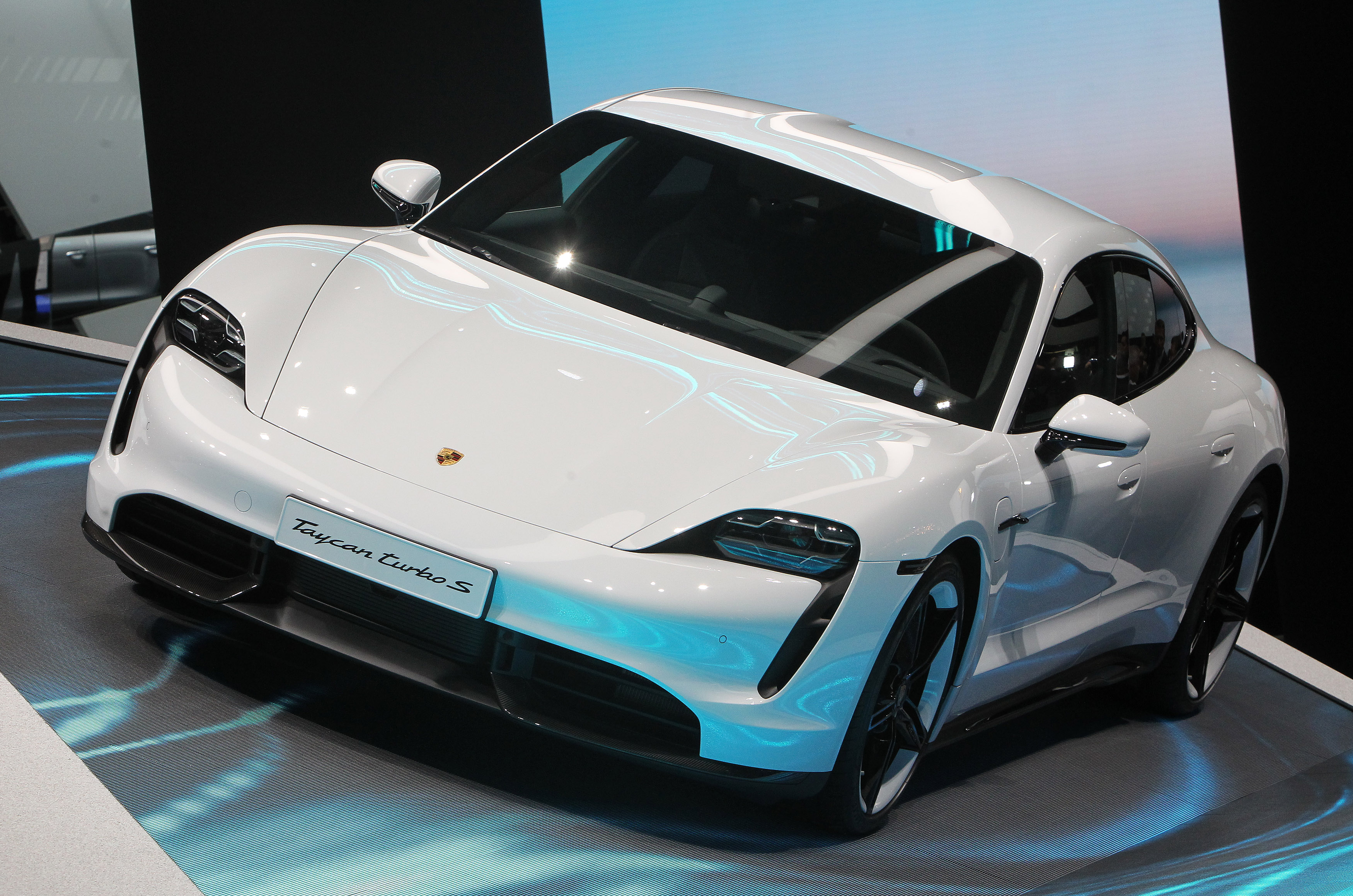
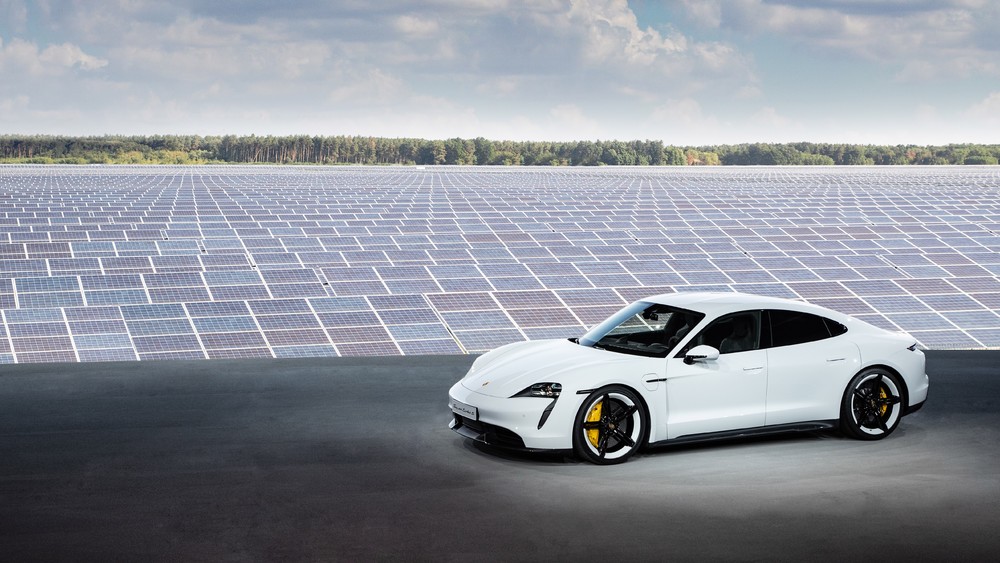
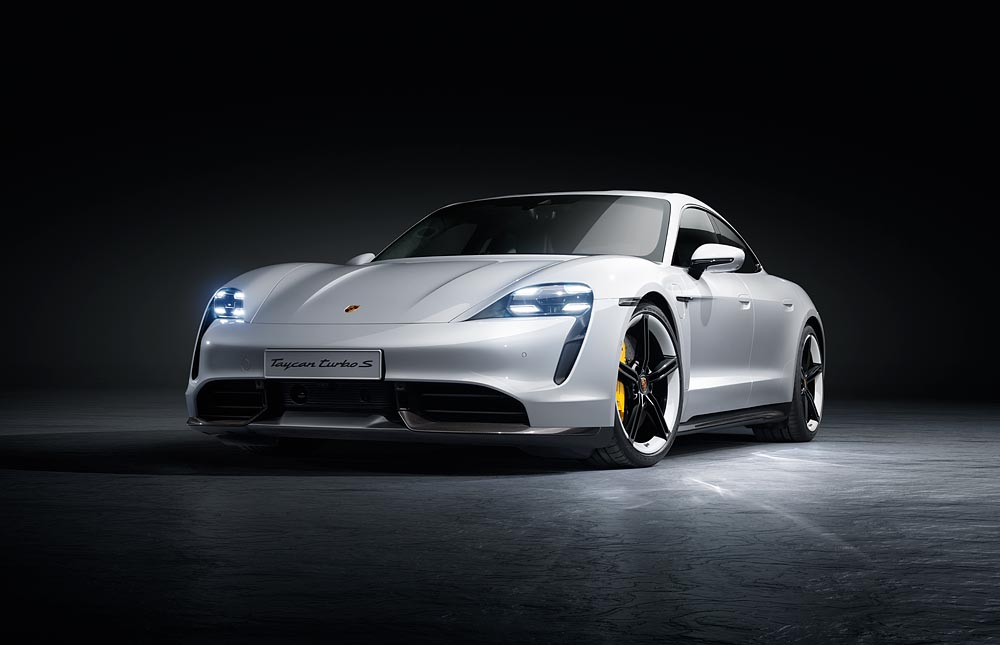
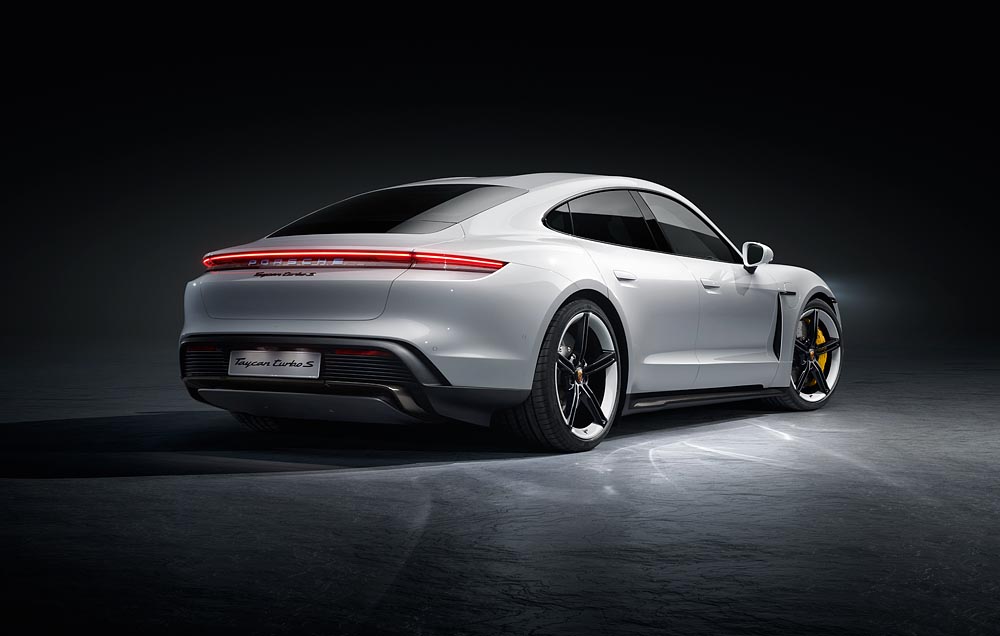

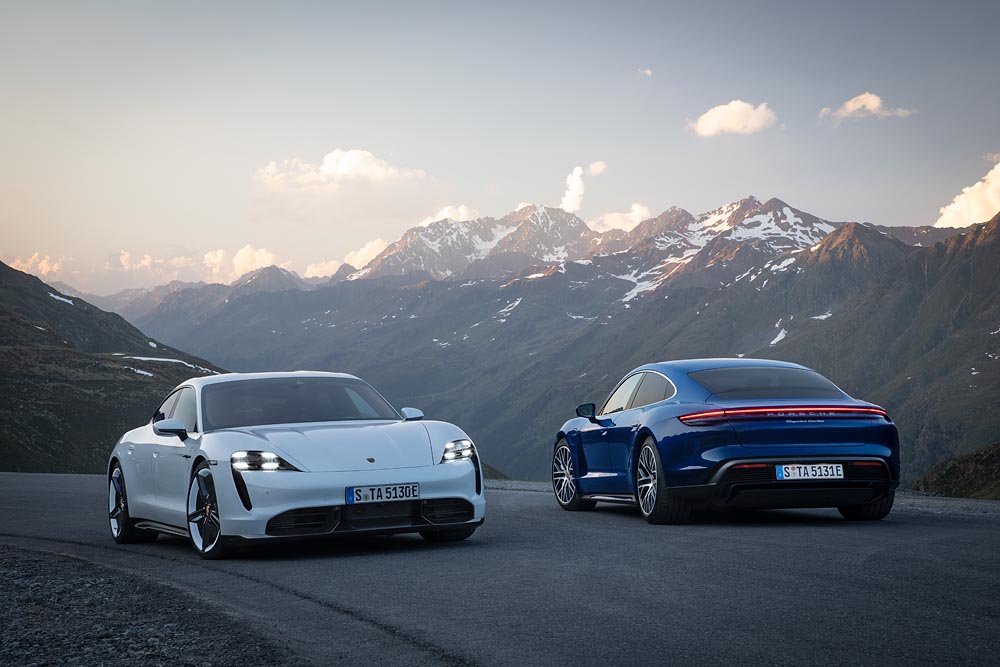
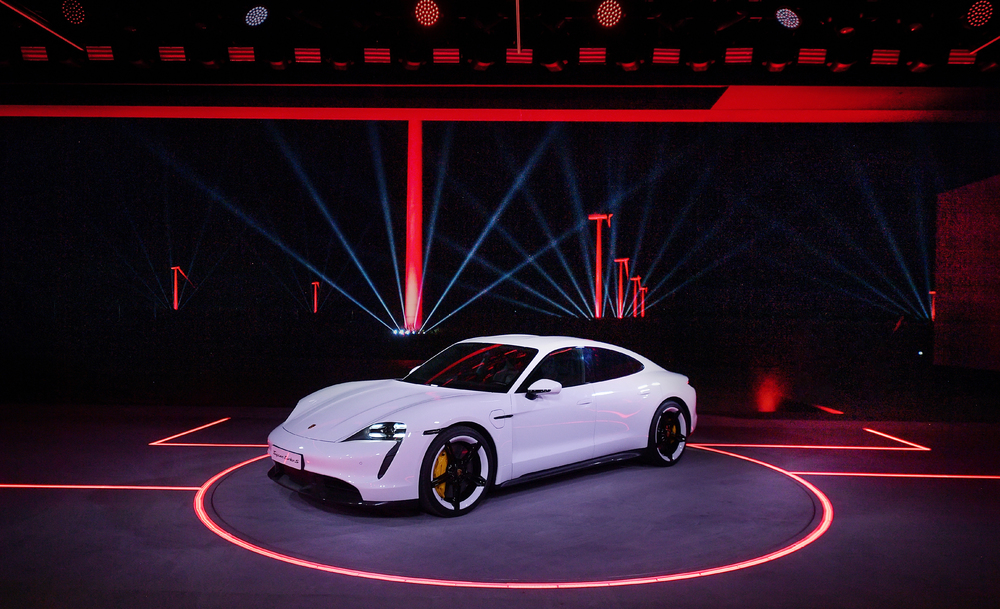
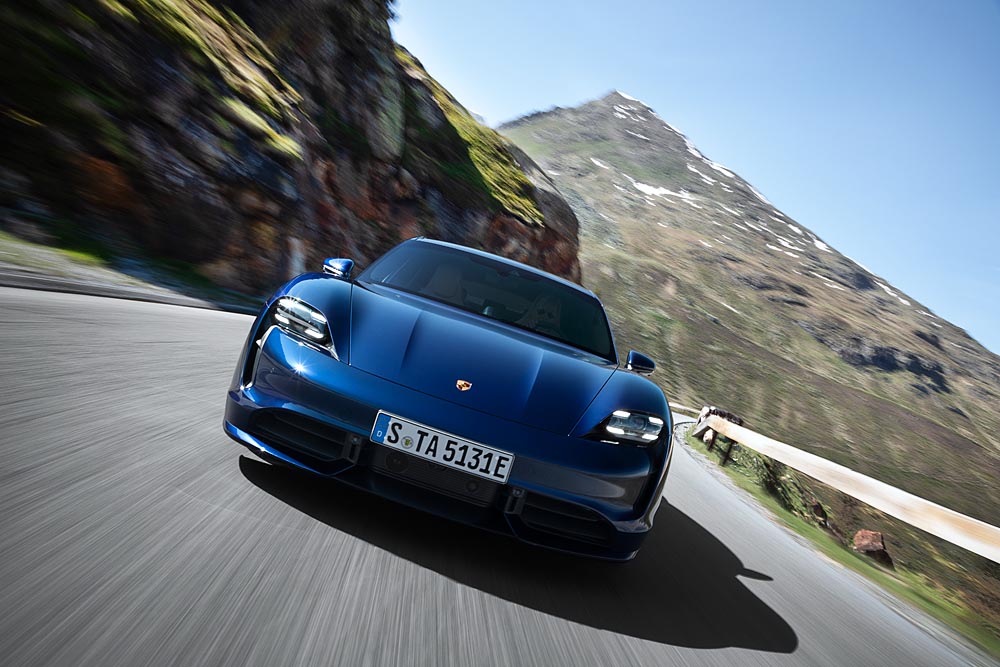
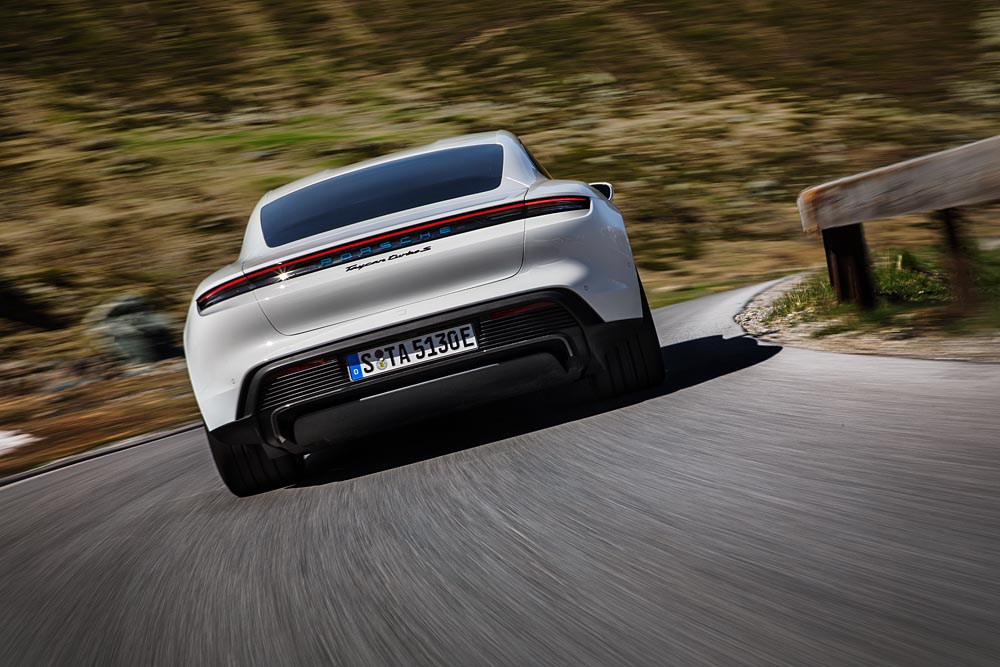
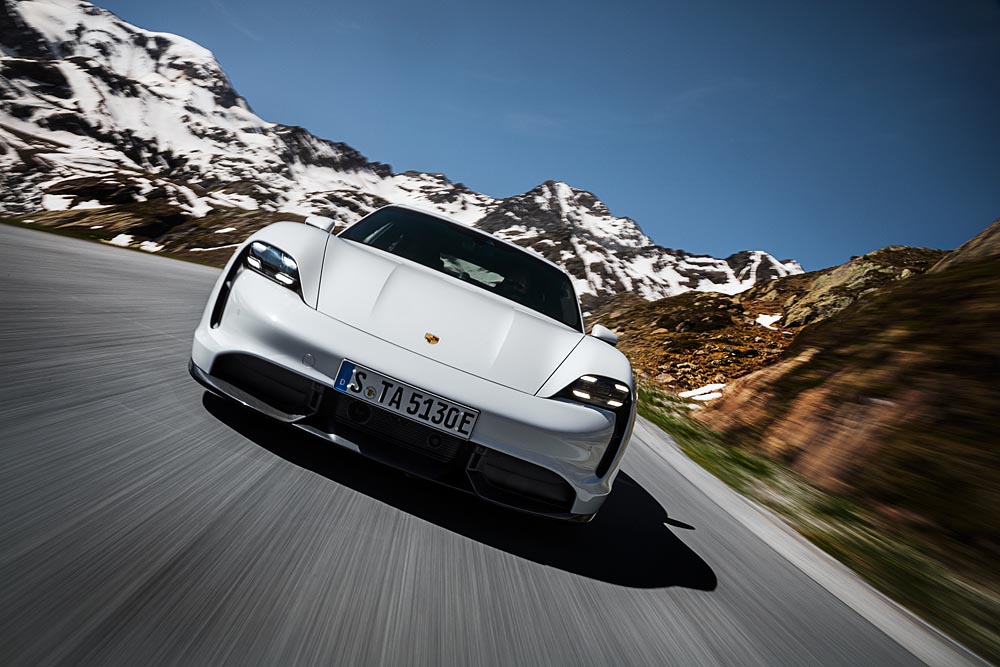
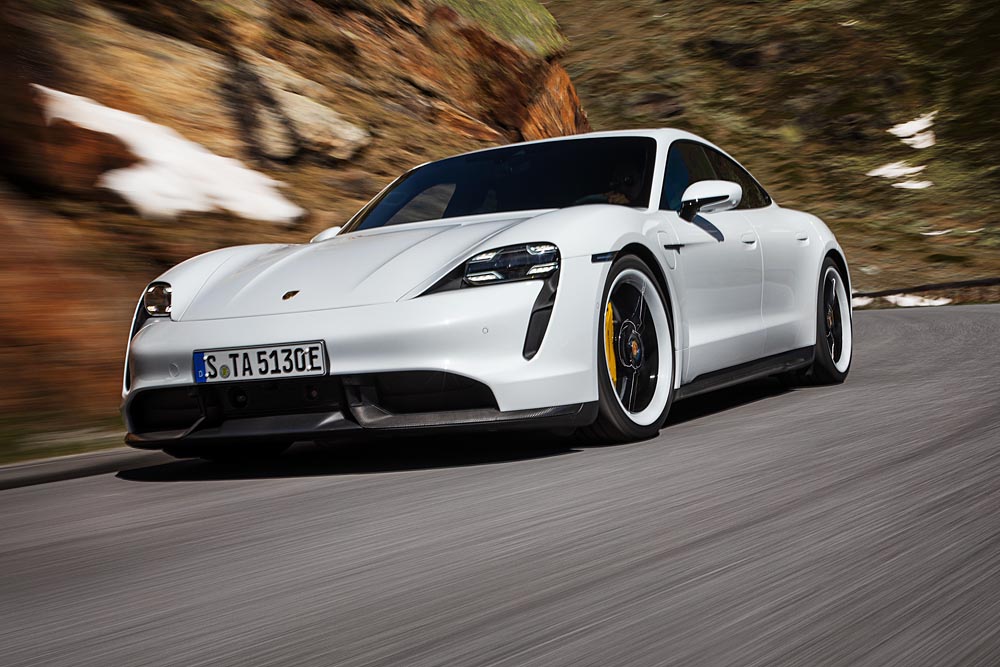
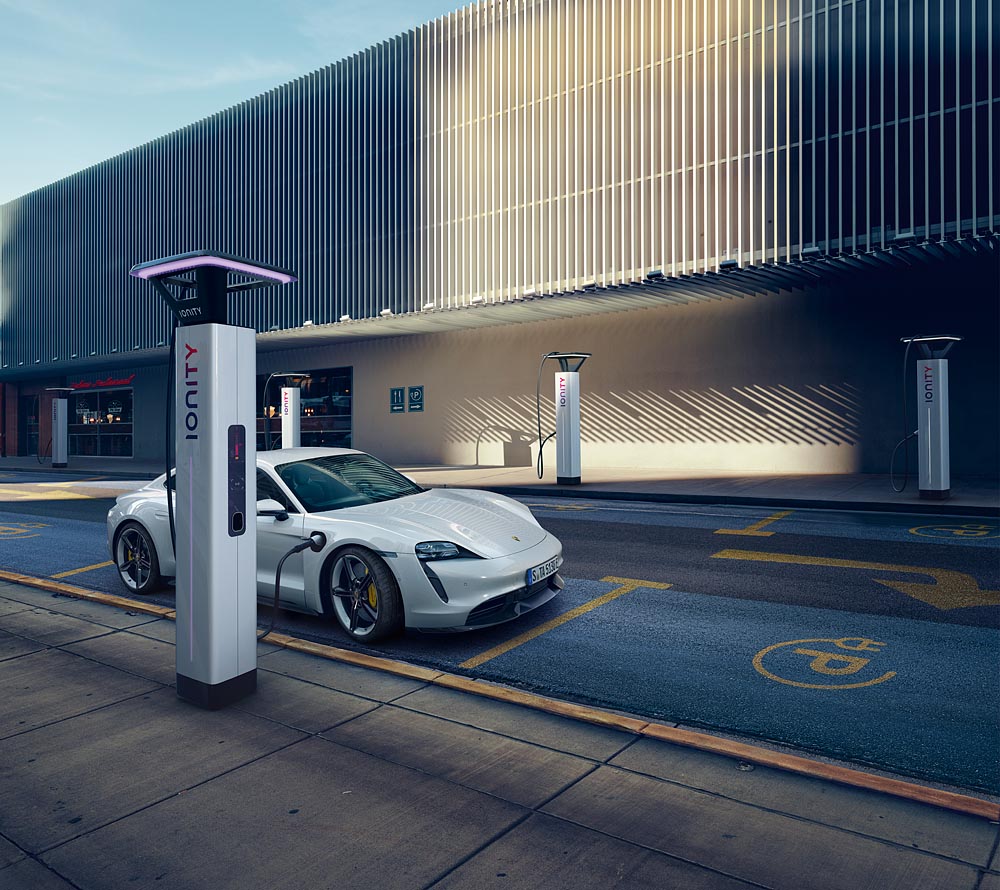
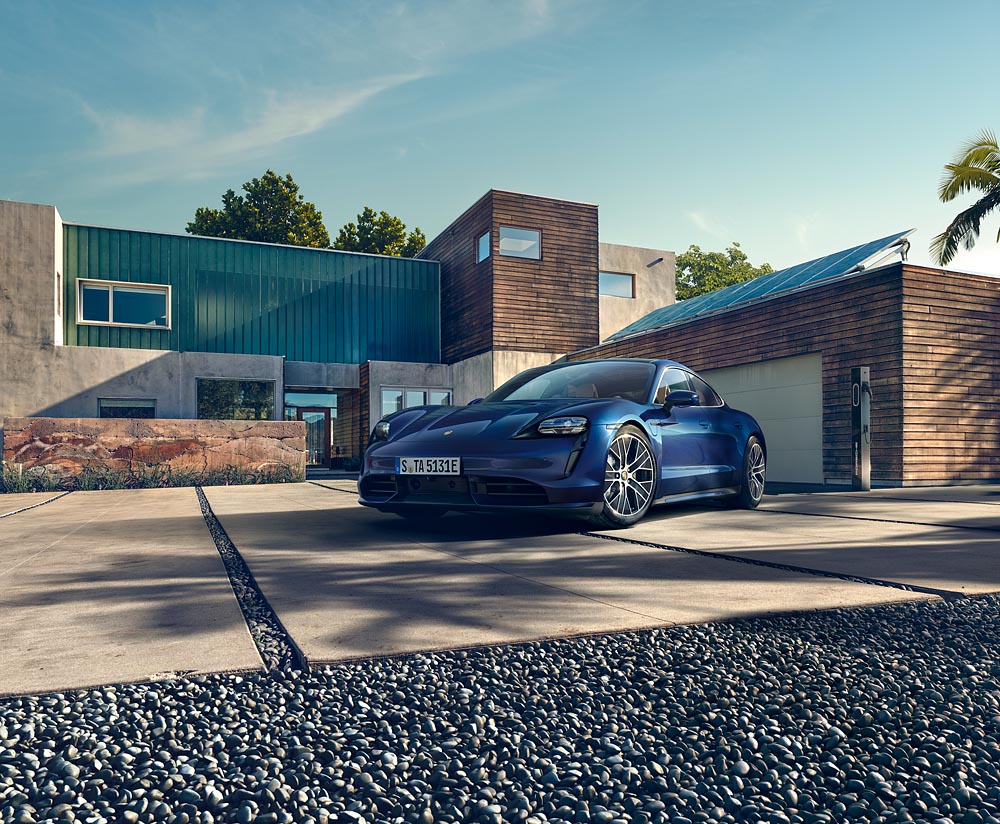
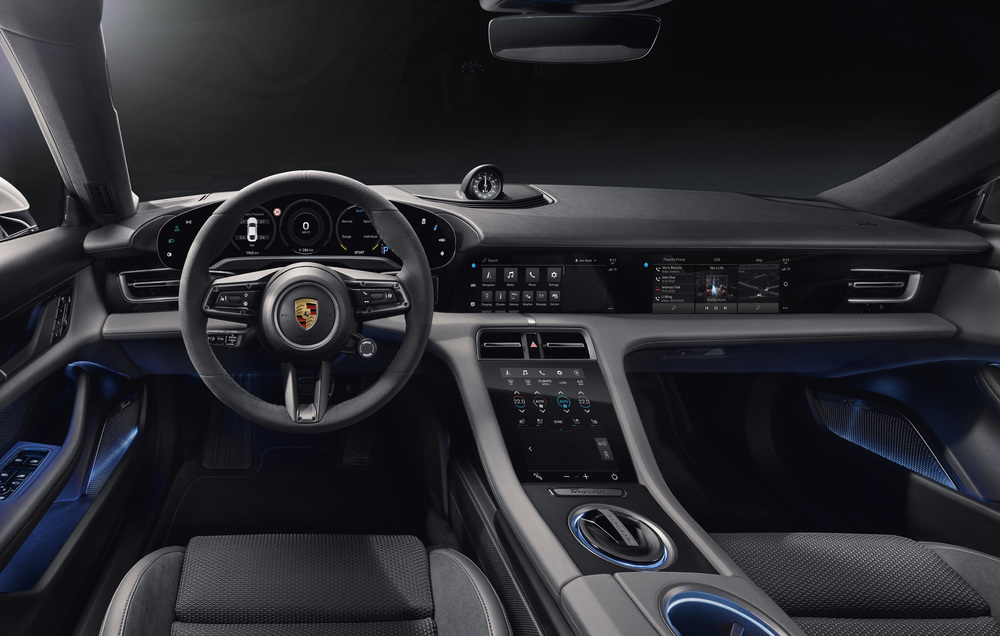
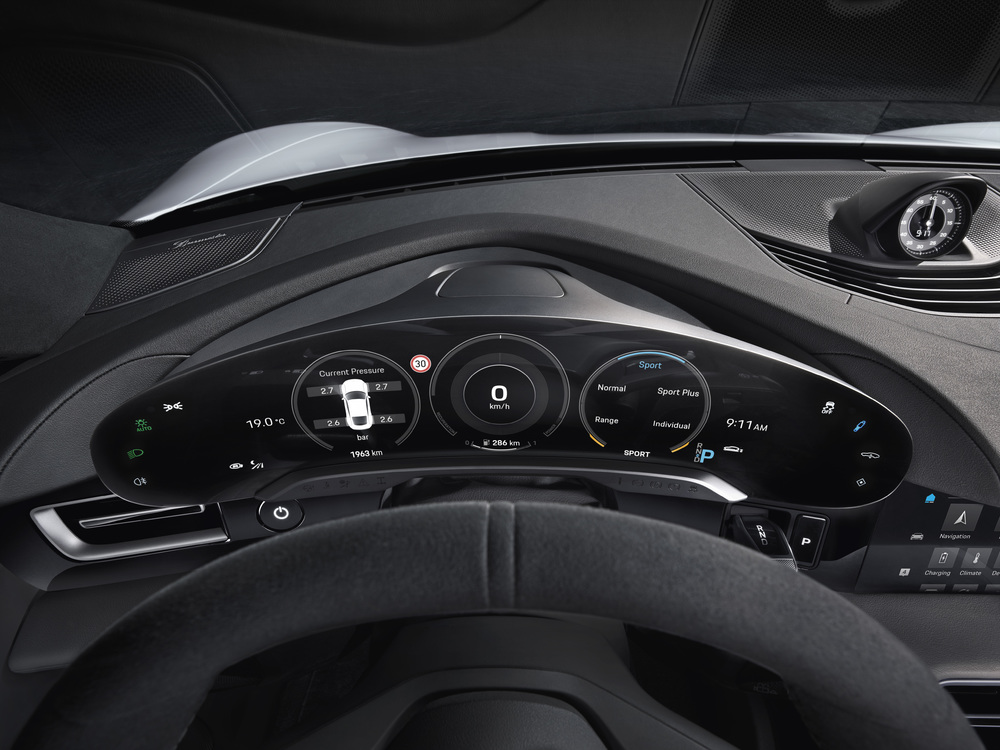
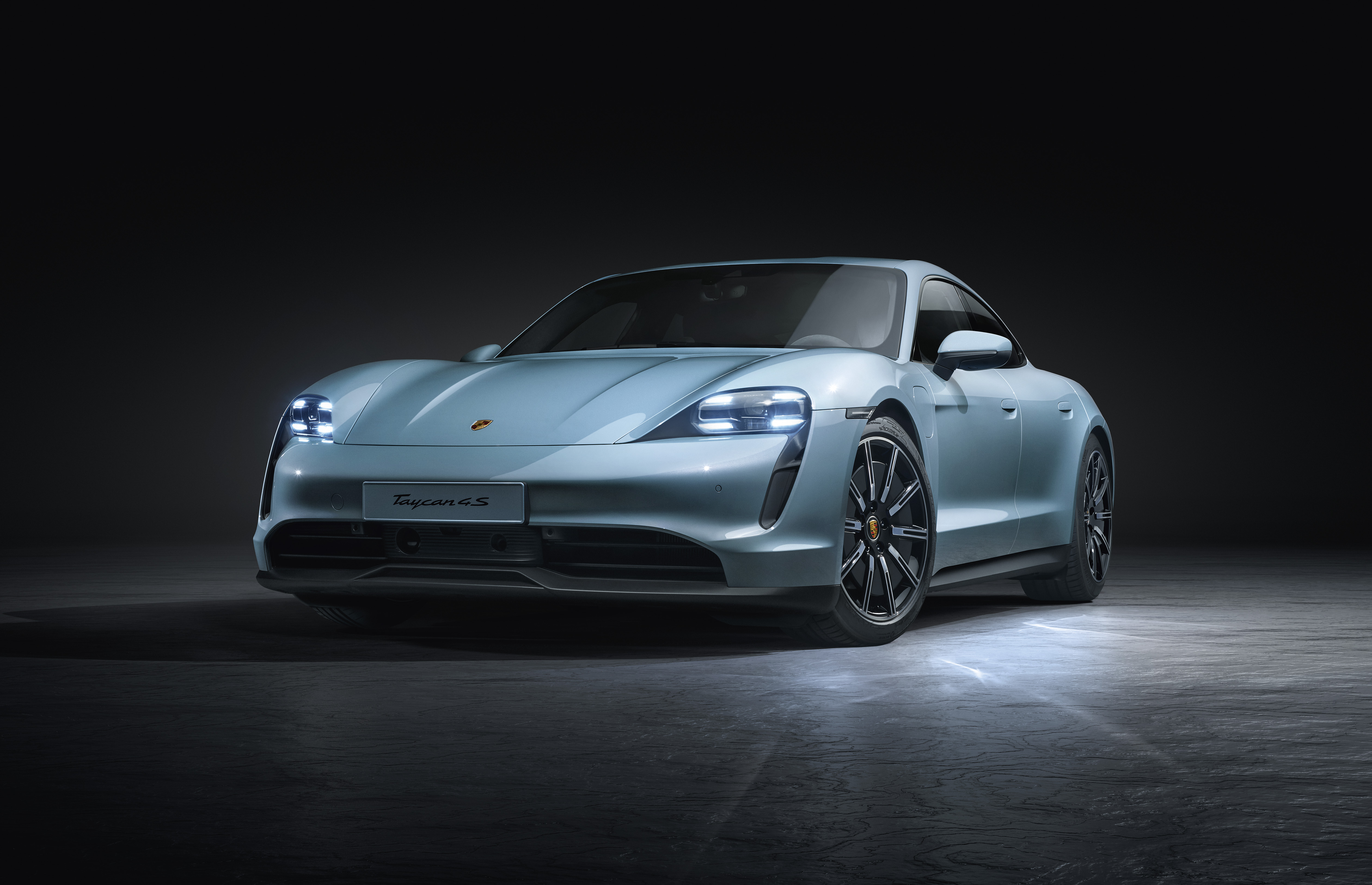
Porsche has added a new 4S variant to its Taycan range, significantly reducing the entry-level price of the company’s all-electric model.
The 4S [below] is powered by the same dual-motor system as the mid-range Taycan Turbo and range-topping Turbo S, though its total power output has been capped at 523bhp for a 0-62mph time of four seconds flat, Auto Express reports.
Under the cabin sits a smaller 79.2kWh battery compared to the 93.4kWh pack found on Turbo models, which is capable of delivering up to 252 miles of range on a single charge, the motoring magazine says. The larger capacity can be specced on the 4S, upping the range to a maximum 287 miles.
The Week
Escape your echo chamber. Get the facts behind the news, plus analysis from multiple perspectives.

Sign up for The Week's Free Newsletters
From our morning news briefing to a weekly Good News Newsletter, get the best of The Week delivered directly to your inbox.
From our morning news briefing to a weekly Good News Newsletter, get the best of The Week delivered directly to your inbox.
There are also a few visual tweaks, such as smaller 19in wheels, red-painted brake callipers and a revised bodywork that includes a “different front apron, side sills and rear diffuser”, notes Autocar.

It’s available to order now, with prices starting at £83,367 when the Government’s £3,500 plug-in vehicle grant is taken into account, the magazine says. That makes the 4S nearly £32,500 cheaper than the mid-range Turbo, while undercutting the Turbo S by almost £55,500.
With the Turbo and Turbo S models set to reach customers early next year, here’s everything you need to know about two performance-focused EVs - and what the critics had to say:
Reviews
A free daily email with the biggest news stories of the day – and the best features from TheWeek.com
The Taycan may have an unconventional powertrain for a Porsche, but the company is adamant that its EV still prioritises the driving experience. That, however, is up to the critics to decide.
According to Autocar, the Taycan “might just be more enjoyable to drive than any other current four-door Porsche”. That’s partly thanks to nicely weighted steering, which responds “crisply” and “accurately” to driver inputs.
It’s nimble, too, with “terrifically tight” body control and grip limits that are “all but unreachable on the road”, the motoring magazine says.
Although the car weighs 2,305kg, which is significantly more than most combustion-engined cars, the Taycan has a low centre of gravity as the batteries are stored underneath the cabin.
“The way in which it delivers its power and torque is borderline undetectable,” says Evo, as the Taycan builds speed “with no real effort or input required from the driver”.

But the Taycan “feels so much more than a point and squirt performance car”, the magazine adds. There’s “an inherent dynamic level” and a degree of driver interaction “that is above any other electric car on sale”.
The Daily Telegraph, meanwhile, notes that Porsche’s EV displayed signs of “flickering screens in the facia and the body creaked over bumps”.
That being said, the newspaper hails the Taycan as being “better looking” and “better made” than its rival, the Tesla Model S.
Above all, though, the Taycan is “a proper Porsche” at heart, says Top Gear. It’s “massively fast” and “great to drive”, but it also benefits from fast charging and enough practicality “to use every day”.
“Truly, this is great news for anyone that loves fast cars”, the motoring site says. “Electric cars are coming whether we like it or not and the performance/range/handling balance is only going to improve from here.”
Price and release date
Mid-range Taycan Turbo models start at £115,858 and rise to £138,826 on the range-topping Turbo S, says Evo.
Orders are open now, with deliveries set to get underway in early 2020, the magazine notes.
What does the name Taycan mean?
Porsche confirmed in 2017 that its first entry into the electric car market will be called the Taycan, replacing the Mission E name previously used by the company.
The German car giant says the name roughly translates as “lively young horse” in Turkish, a reference to the “leaping horse” on the company’s crest.
Design

It’s rare for a concept car to find its way into production without any major design compromises. However, the evolution from Porsche’s radical Mission E concept of 2015 to the production-spec Taycan is remarkably straightforward.
For example, the Taycan retains the concept’s quad LED headlight cluster and sleek looks, which mix elements of the 918 hybrid hypercar and Porsche’s iconic 917 Le Mans racer from the 1970s.
Those who opt for the top-spec Turbo S model can mimic the design of the concept by speccing the car in gloss white and opting for the five-spoke wheels with a body-coloured lip around the rim.
Those after a more subtle-looking Taycan can choose from a selection of metallic colours and multi-spoke wheels, which give the EV a more traditional look. If specced in a certain way, it’s almost indistinguishable from the company’s combustion-engined cars.
As reported by Auto Express, the Taycan is built on a “bespoke” production platform designed exclusively for all the components needed for an electric car.
Much like the current crop of battery-powered electric cars, the magazine says the Taycan’s batteries are located between the front and rear axles.

Given that the system is mounted below the passenger compartment, it should mean that the Taycan’s centre of gravity is lower compared to its combustion-engined rivals.
In the run up to the car’s launch, Porsche design chief Michael Mauer said he didn’t want the Taycan to look drastically different to the company’s existing models, reports US car magazine Motor Trend.
“We didn’t start from scratch because we knew that this new model had to be recognisable as a Porsche at first glance,” Mauer explained.
He added that the company initially considered making the Taycan an SUV, but settled on a performance saloon to strengthen the marque’s image as a sports car giant.
The Taycan aims to be “an icon” and “almost like a synonym for a purely electric sports car”, Mauer claimed.
Battery range and performance

The Taycan was offered in two forms at launch, which are the now-mid-level Taycan Turbo and the range-topping Turbo S, notes Car magazine.
Both cars come with a 93.4kWh battery, which powers a pair of electric motors (one on each axle). As standard, both models have a power output of 617bhp, which can be boosted to 671bhp on the Turbo and 750bhp on the Turbo S, says Auto Express.
It means that, in its most powerful modes, the Turbo can run from 0-62mph in 3.2 seconds, while the Turbo S completes the same sprint in only 2.8 seconds, the motoring mag says.
The Taycan isn’t just quick in a straight line, either. Porsche claims to have completed a lap of the 12.9-mile Nurburgring circuit in seven minutes and 42 seconds, which is about the same as the 997-generation 911 GT3 RS achieved at the track, Autocar reports.
Turbo models offer a range of 281 miles, while the added performance of the Turbo S lowers the figure to 261 miles, according to WhatCar?. Both cars support 350kW fast-chargers, meaning drivers can top up their batteries “from empty to full in less than 20 minutes”.
-
 The ultimate films of 2025 by genre
The ultimate films of 2025 by genreThe Week Recommends From comedies to thrillers, documentaries to animations, 2025 featured some unforgettable film moments
-
 Political cartoons for January 3
Political cartoons for January 3Cartoons Saturday's political cartoons include citizen journalists, self-reflective AI, and Donald Trump's transparency
-
 Into the Woods: a ‘hypnotic’ production
Into the Woods: a ‘hypnotic’ productionThe Week Recommends Jordan Fein’s revival of the much-loved Stephen Sondheim musical is ‘sharp, propulsive and often very funny’
-
 Are plug-in hybrids better for America's climate goals?
Are plug-in hybrids better for America's climate goals?Talking Points The car industry considers a 'slower, but more plausible path' to reducing emissions
-
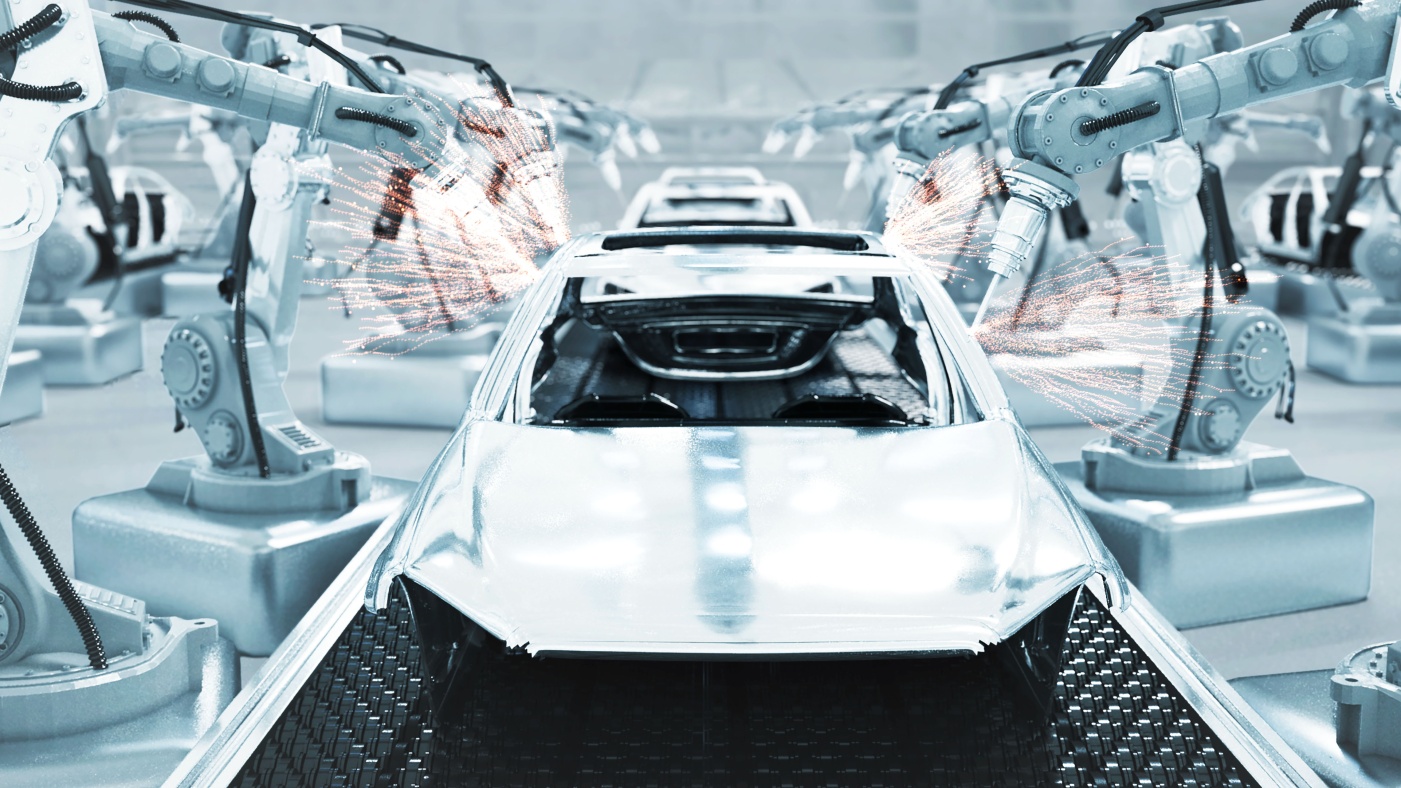 EV market slowdown: a bump in the road for Tesla?
EV market slowdown: a bump in the road for Tesla?Talking Points The electric vehicle market has stalled – with worrying consequences for carmakers
-
 The week's good news: Dec. 14, 2023
The week's good news: Dec. 14, 2023Feature It wasn't all bad!
-
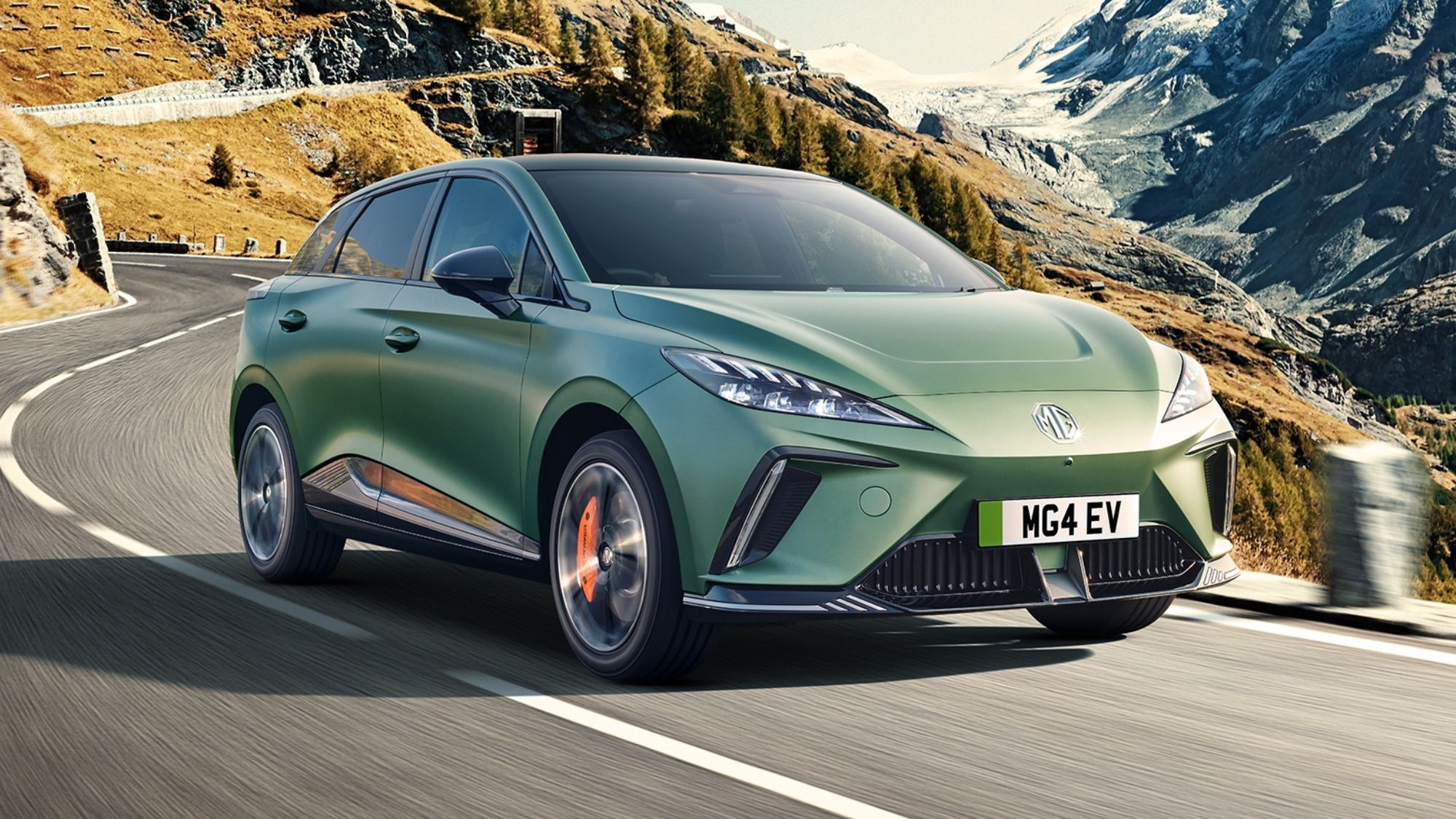 MG4 EV XPower review: what the car critics say
MG4 EV XPower review: what the car critics sayFeature The XPower just 'isn't as much fun' as a regular MG4
-
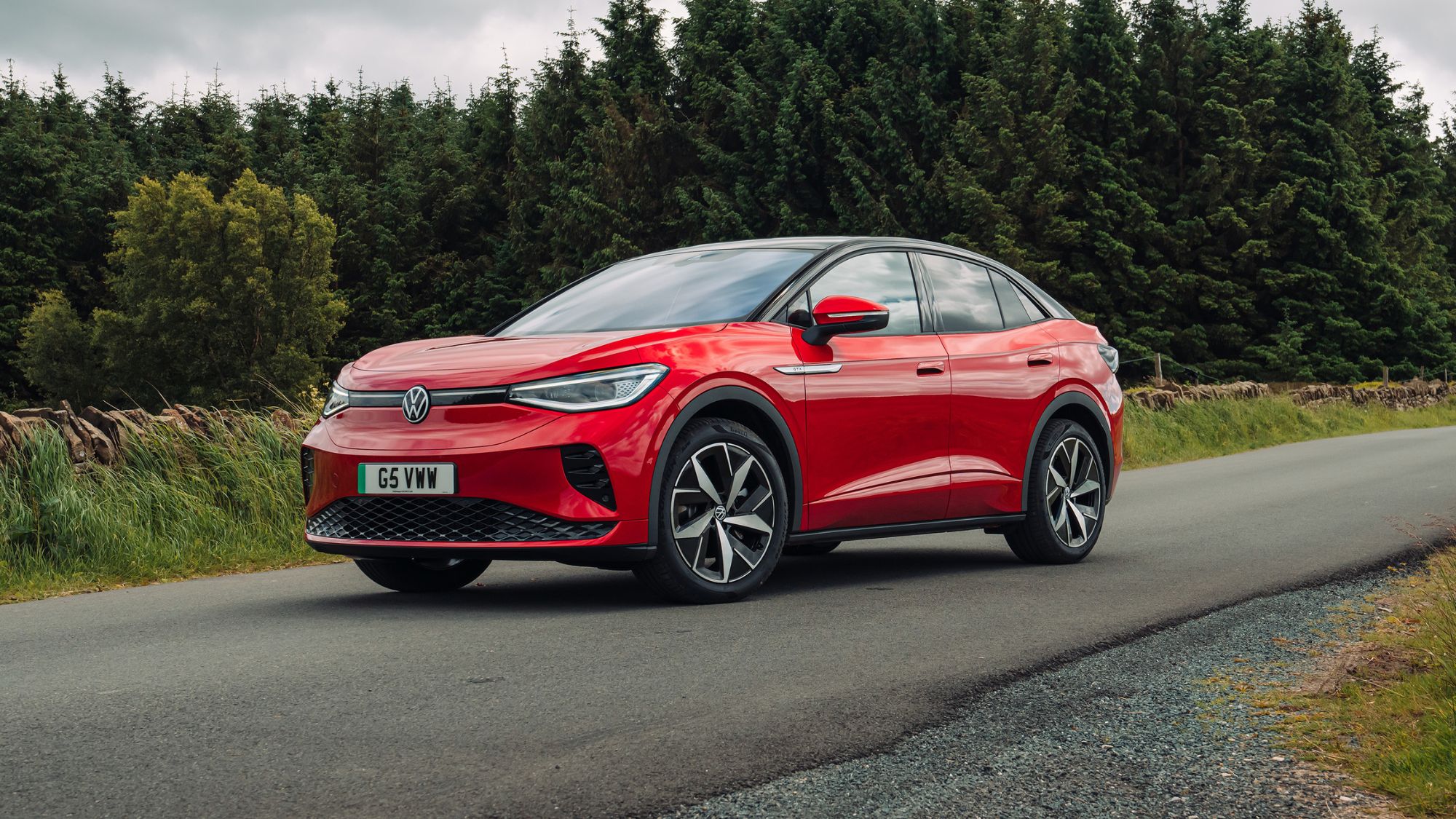 Volkswagen ID.5 review: what the car critics say
Volkswagen ID.5 review: what the car critics sayFeature The ID.4's 'sportier, more stylish twin' – but 'don't believe the hype'
-
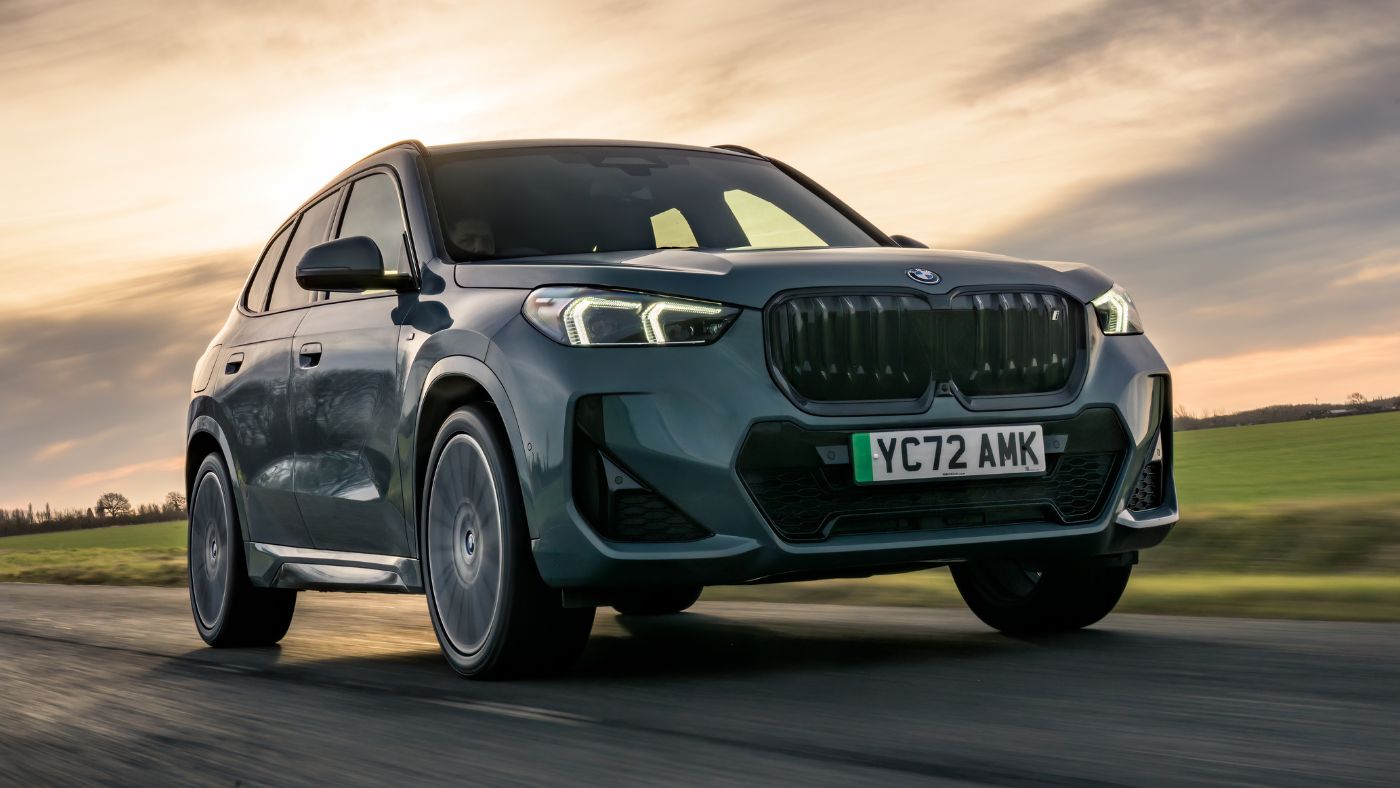 BMW iX1 review: what the car critics say
BMW iX1 review: what the car critics sayThe Week Recommends BMW’s smallest electric crossover has ‘precise’ steering and a ‘smart interior’
-
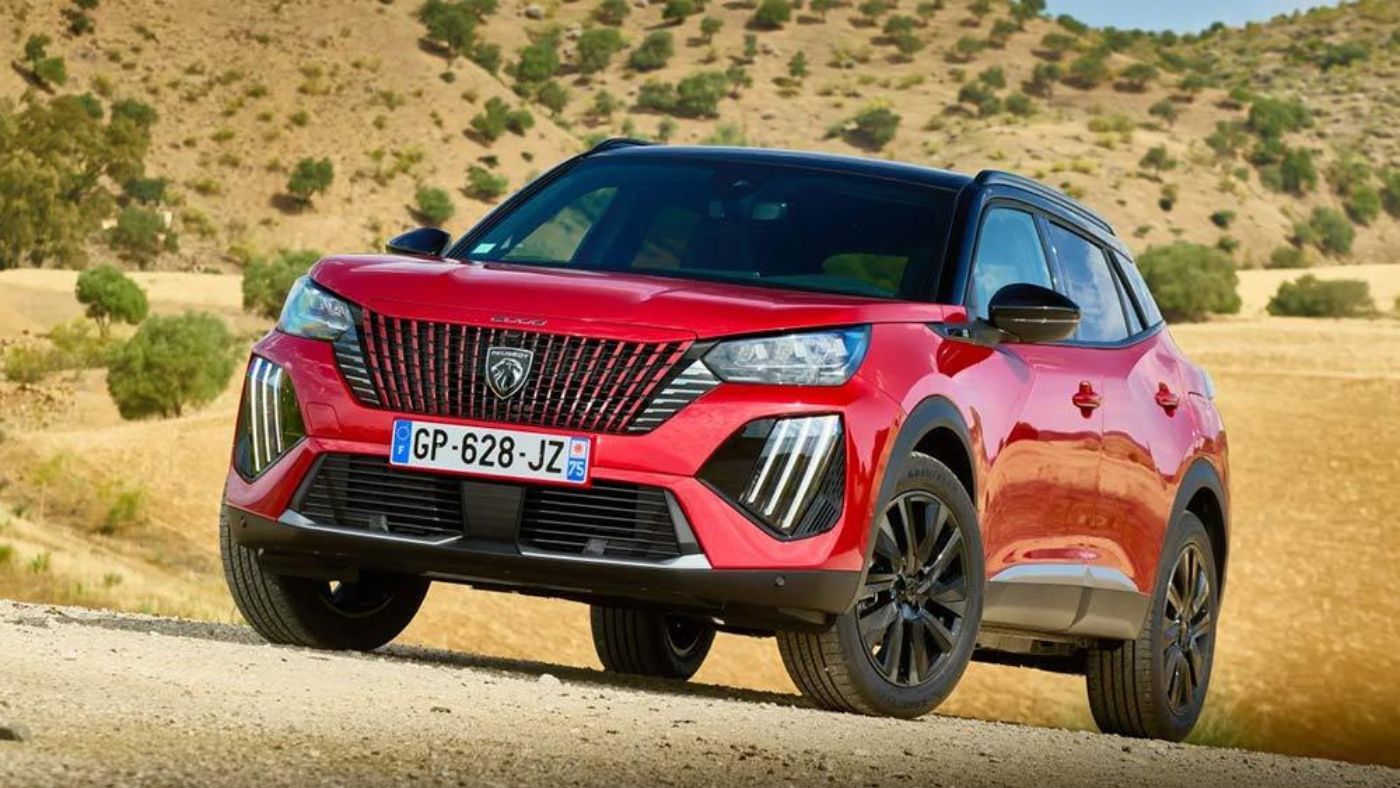 2023 Peugeot e-2008 review: what the car critics say
2023 Peugeot e-2008 review: what the car critics sayThe Week Recommends This small electric crossover has a ‘sophisticated feel’ and a bigger battery than the original
-
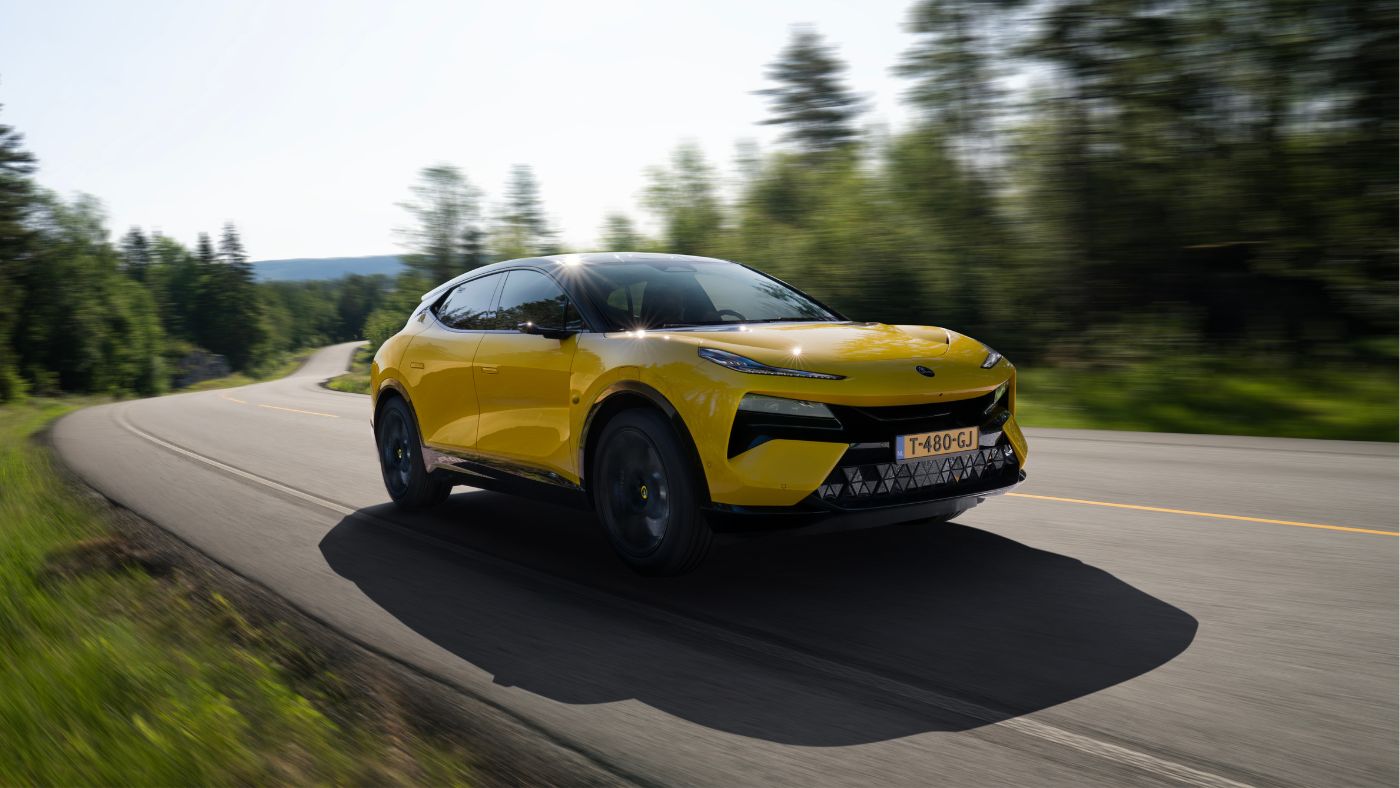 Lotus Eletre review: what the car critics say
Lotus Eletre review: what the car critics sayThe Week Recommends All-electric hyper SUV is not just entertaining to drive – it’s also ‘extraordinarily well made’